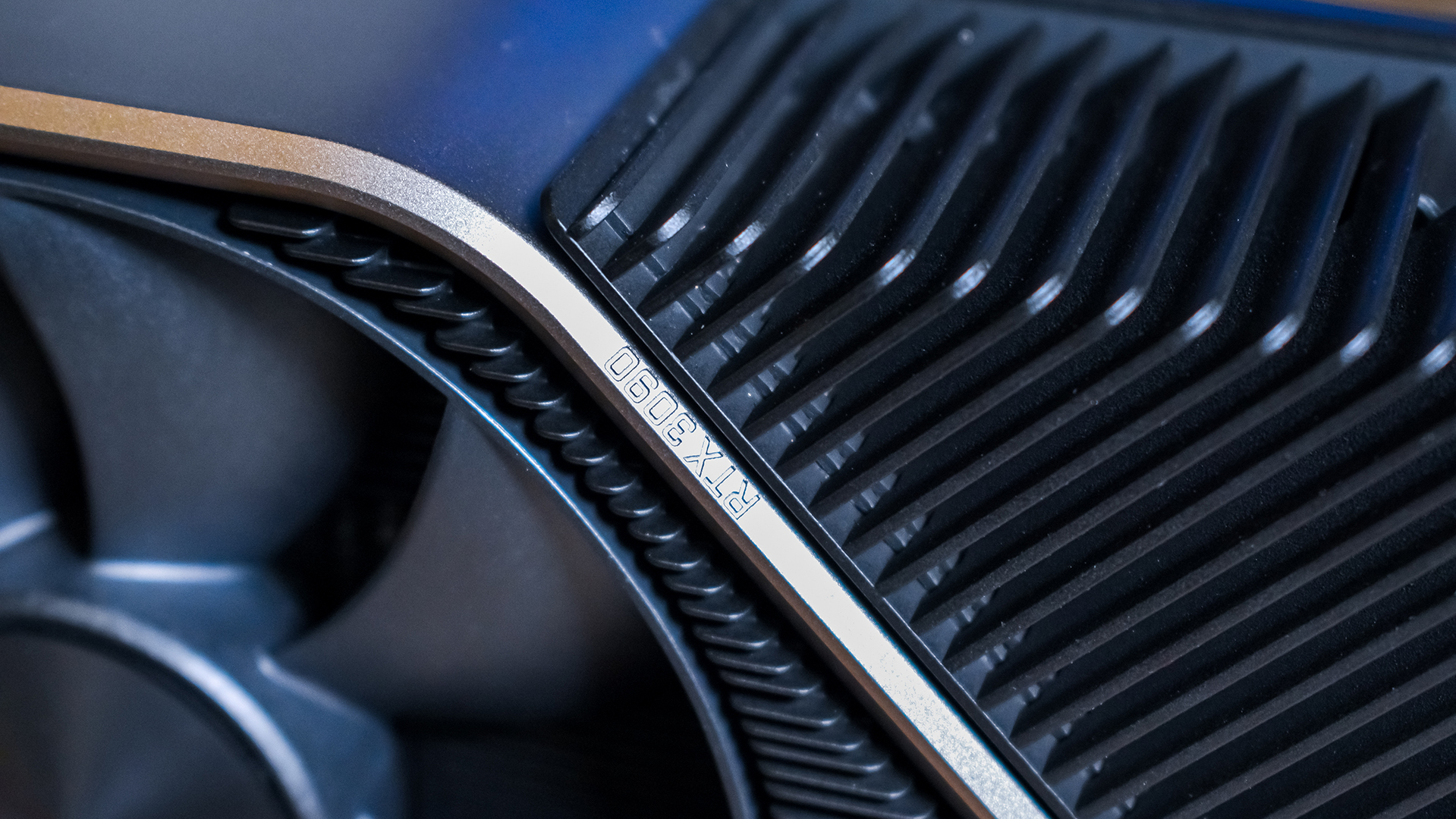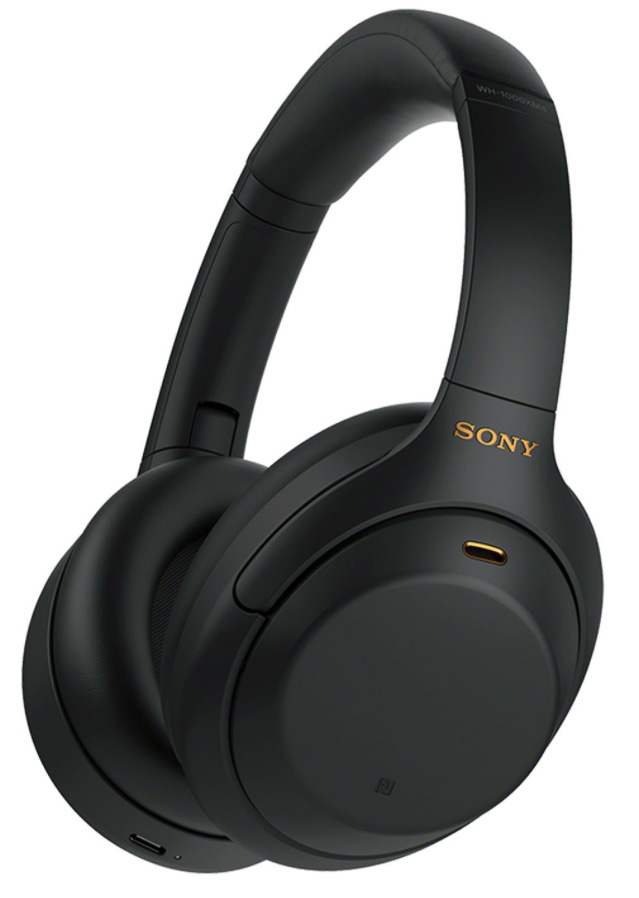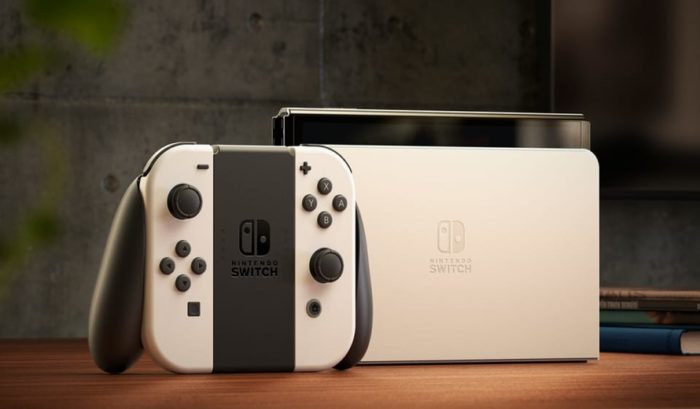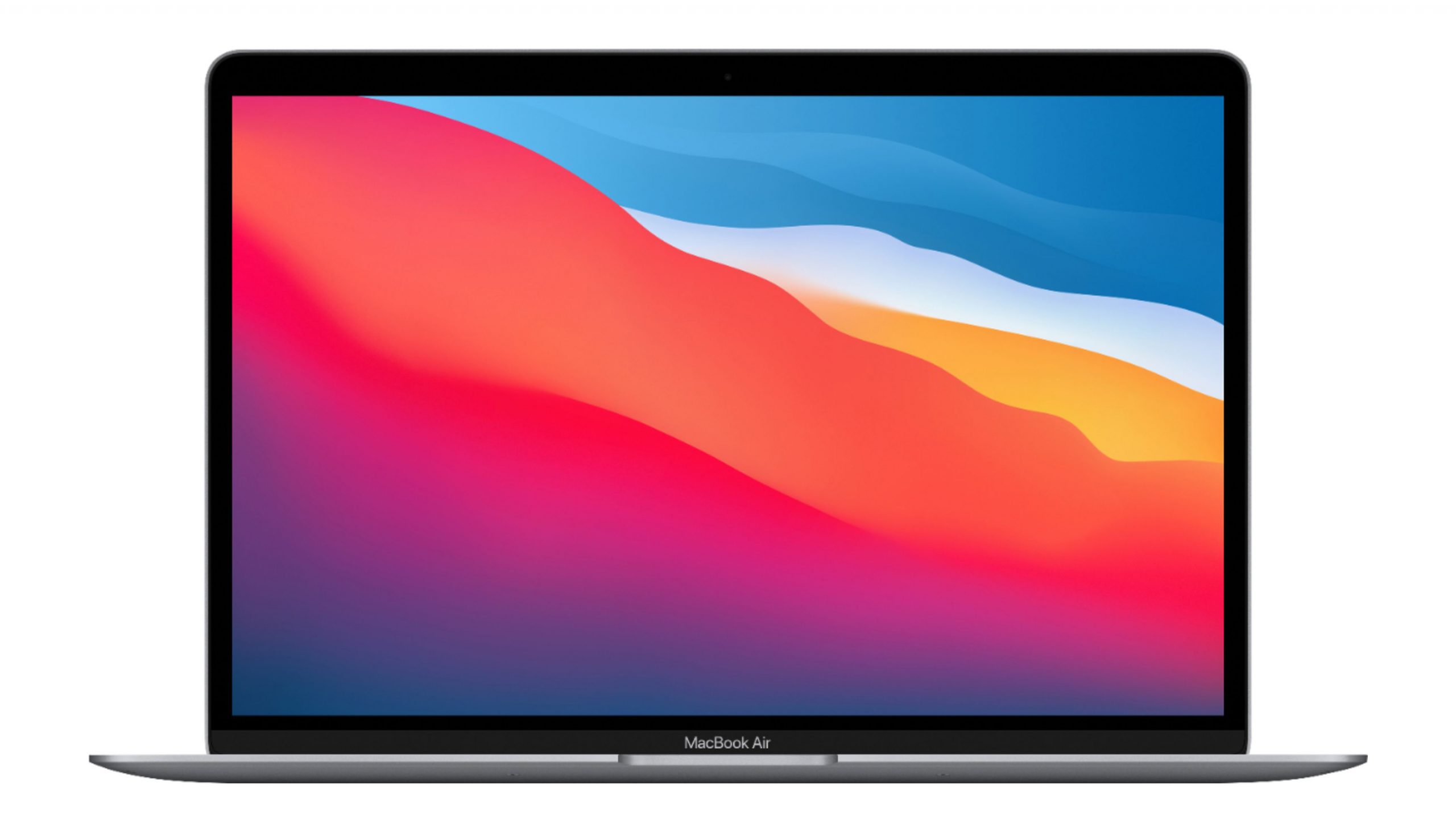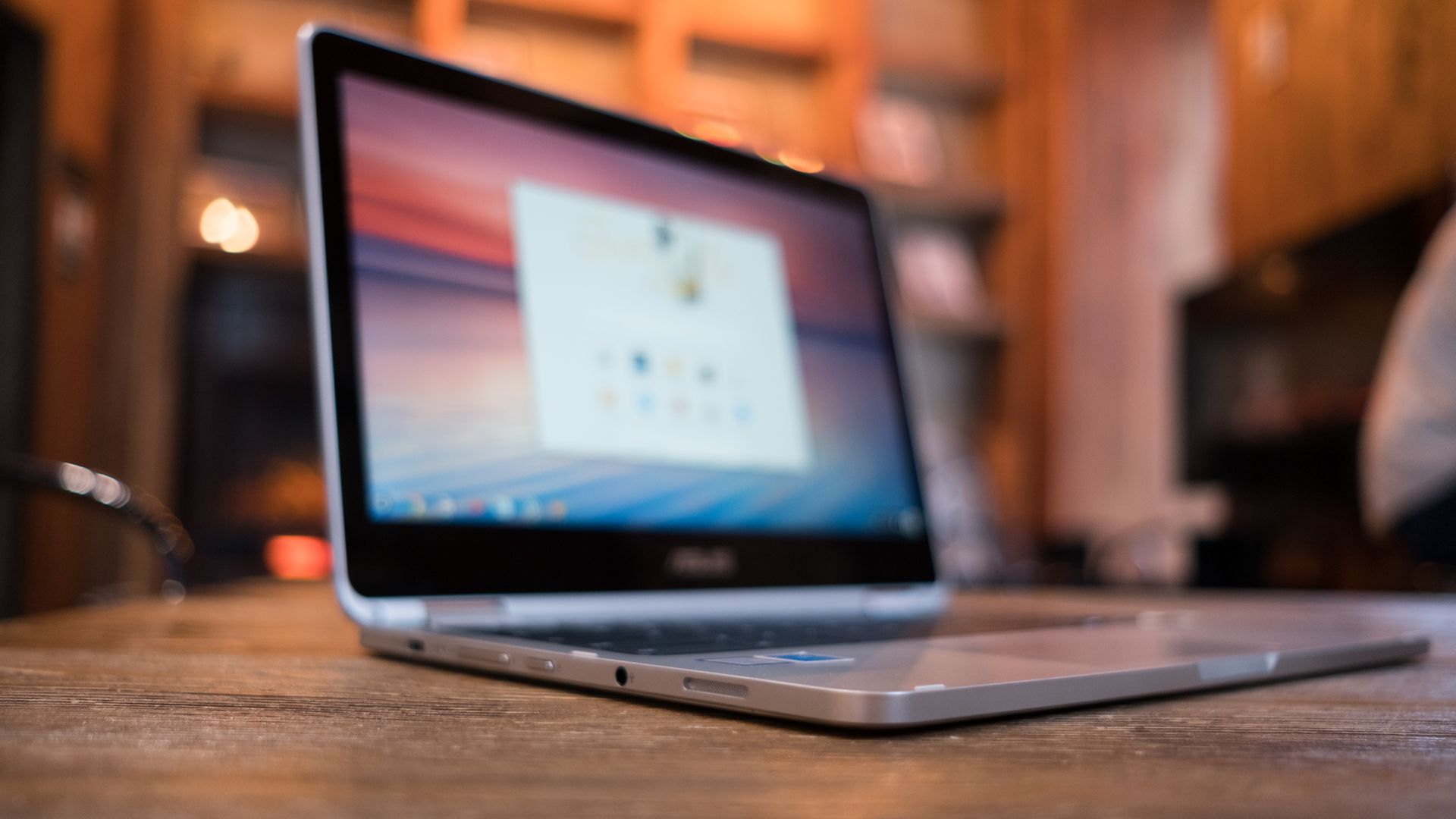
The Chromebooks vs laptops debate may not be that old, but it’s one that is on the minds of many these days, especially with Black Friday 2021 bringing plenty of deals on both laptops and Chromebooks.
However, choosing the right notebook is already a difficult task for those unfamiliar with the internal workings of one. Add in that many casual users are new to or don’t know much about what a Chromebook is, and choosing between that and a traditional Windows laptop is even more confusing.
Luckily, we’re here to help make things easier to process, so you can find the best portable for your needs whatever they may be, and we explain what the difference is between a Chromebook and a laptop.
You might be considering a laptop for college, one of the best 2-in-1 laptops or a Chromebook for students. Regardless, we’ll guide you through choosing between Chromebooks vs laptops here.

What is a Chromebook?
First thing’s first. You likely already know what a laptop is. However, before you delve into the Chromebooks vs laptops rabbit hole, you must first understand what a Chromebook is and how it differs from a traditional laptop. So, let’s start there.
A Chromebook is a laptop that runs on Google’s Chrome OS, a lightweight operating system that largely relies on the Chrome browser as its main user interface. This means that anything you can do with the Chrome browser, you can do on a Chromebook.
That doesn’t mean that you can only use a Chromebook when there’s an internet connection. Google has designed Chrome OS to be able to run apps from the Chrome Web Store or the Google Play Store on which there are thousands to choose from to cover all the basics – from word processors and spreadsheets to quick photo editing and light gaming. And, many of these apps work even when a Chromebook isn’t connected to the internet.
What’s the difference between Chromebooks and laptops?
To the untrained eye, a Chromebook and a laptop may look the same. After all, a Chromebook is technically a laptop, just with a different operating system. Both are notebooks with a keyboard, a camera, a built-in screen, and a trackpad. And, just like laptops, many Chromebooks are clamshells, while quite a few others tout touchscreen displays and a 2-in-1 form factor.
Internally, however, the two couldn’t be more different. If you’re doing a Chromebooks vs laptops comparison in terms of power, a strong case is made for laptops. That’s because typically they have more capable microprocessors – usually from Intel or AMD – and more robust integrated or discrete graphics powering them.
On the other hand, Chromebooks usually have lower-performing chips and graphics inside, although a handful of premium Chromebooks have been known to run on Intel Core chips. The reason for this is two-fold: the Chrome OS is lightweight enough that it really doesn’t need a powerful chip to run, and it keeps the cost of Chromebooks down.
Traditional laptops run on much more robust operating systems Windows 10, macOS and Linux, an open source operating system. These Windows laptops and MacBooks usually require high-powered graphics cards and processors, as well as faster memory, which means they tend to cost more. The upside is that students can use the same computer to write a term paper on that they do to play Overwatch post-homework.
Windows laptops also usually have a lot of local storage, from 128GB on the low end – those apps and files, after all, take up a lot more space. Chromebooks typically include about 16GB of storage. This is because Chrome OS, and the apps it runs, do not need as much storage space as Windows and are designed to save your documents to the cloud.
Is a Chromebook or laptop better for school work?
A Chromebook is a good choice for a student that is primarily using the computer for web browsing, word processing, or streaming video and audio. Storage isn’t a problem if Google-focused students can store their files with Drive. They can also use SD cards and USB drives to keep hold of their documents.
A Chromebook is also a great low-cost option, with prices dipping as low as $100/£120/AU$140 during the holiday season for the low-end models. However, the price of a Chromebook can skyrocket to $1,000/£1,000/AU$1,400 if you choose a corporate or luxury option like the Google Pixelbook.
For school work, the Chromebook is a winner because it has so few features. Without extra games or a lot of applications, the Chromebook becomes a homework powerhouse, allowing students to access their lessons online with few distractions.
Students can write their papers with Google Docs and share their work straight from the Chromebook to their teacher or parent, no printing necessary. The Microsoft Office suite is also available online, so students can create Word documents with ease.
The Chromebook is also just a hard device to break. If your student is prone to installing virus-laden programs, the Chromebook can be wiped and reset with ease. If the child isn’t particularly tech-savvy, there are few confusing functions: the Chromebook is a plug in and play device. Some of the newer Chromebooks are a little more delicate physically, but most can take a tumble, as many of the parts are plastic.

As for a Windows laptop, it’s more of an investment, but it provides a lot of versatility and convenience. You have the ability to create almost anything on a laptop and store files on it as well.
A laptop also has a lot of the drawbacks of owning a full-fledged computer. It will take time to boot up, it will require updates, and even the occasional “blue screen of death” can occur. Chromebooks very rarely crash, and when they do, a simple restart is an easy fix.
However, there are some tasks that are just easier on a Windows device. Chromebooks have traditionally struggled with direct printing, while laptops make quick work of printing out documents. Accessing and organizing files can also be a bit of a pain on the Chromebook, but there are workarounds.
In some way, though, a Windows laptop’s versatility is a weakness, as there are more features available for hackers to attack on a laptop. PCs need regular maintenance to keep them secure, even if it’s just keeping on top of scheduled software updates.
Chromebooks require far less upkeep, and Google has developed Chromebooks with safety and security in mind, and there are defenses working behind the scenes to keep you protected while you browse the web.
One way to determine the right option for you is to give a Chromebook a test drive. You could try using Google Chrome exclusively as your browser on your desktop computer for a few days, and determine whether your student needs more features than the browser can provide. Only use Chrome extensions, and use online apps like Google Docs.
However, Windows offers a far more complete computing experience, but Google OS is a much cheaper, scaled down alternative that may be just what your student needs in the classroom.
- These are the best Android apps of 2020
